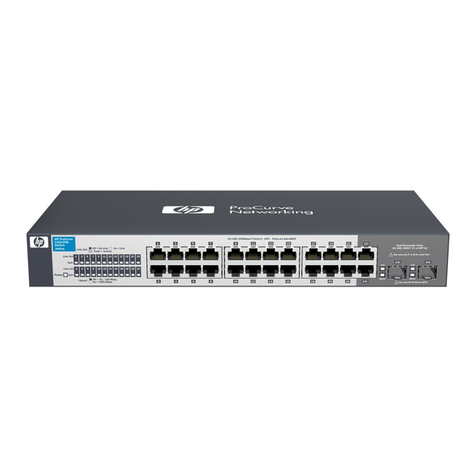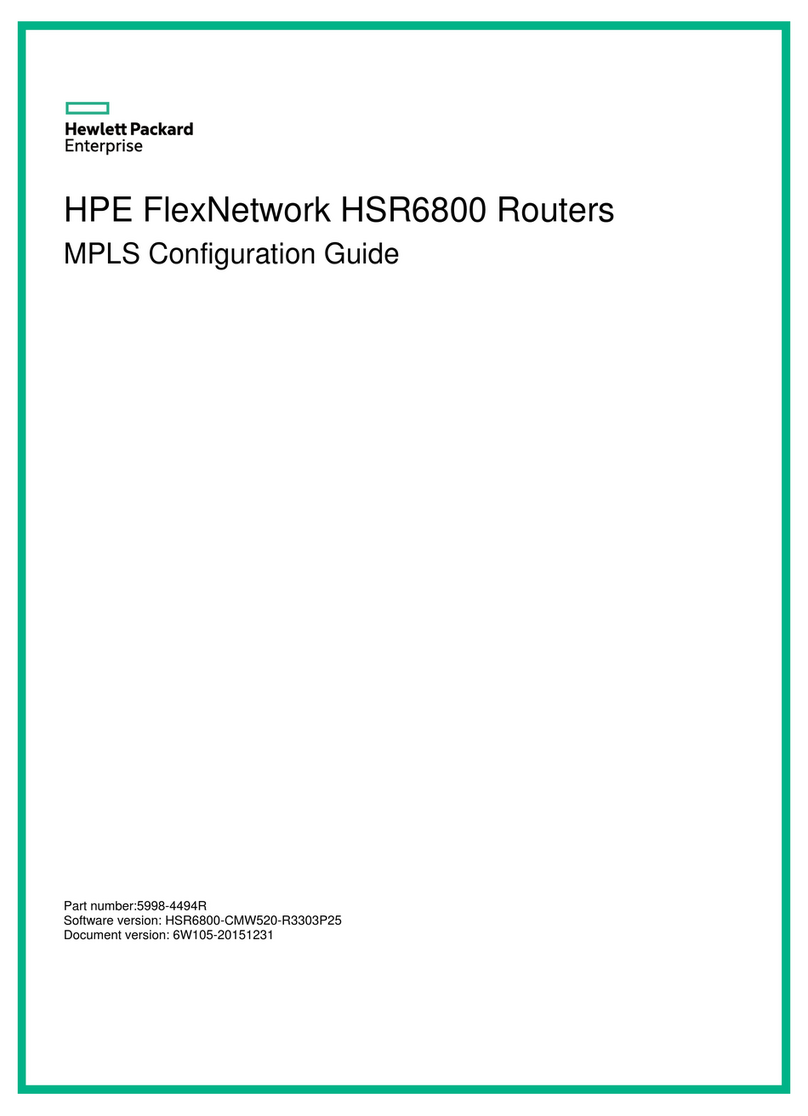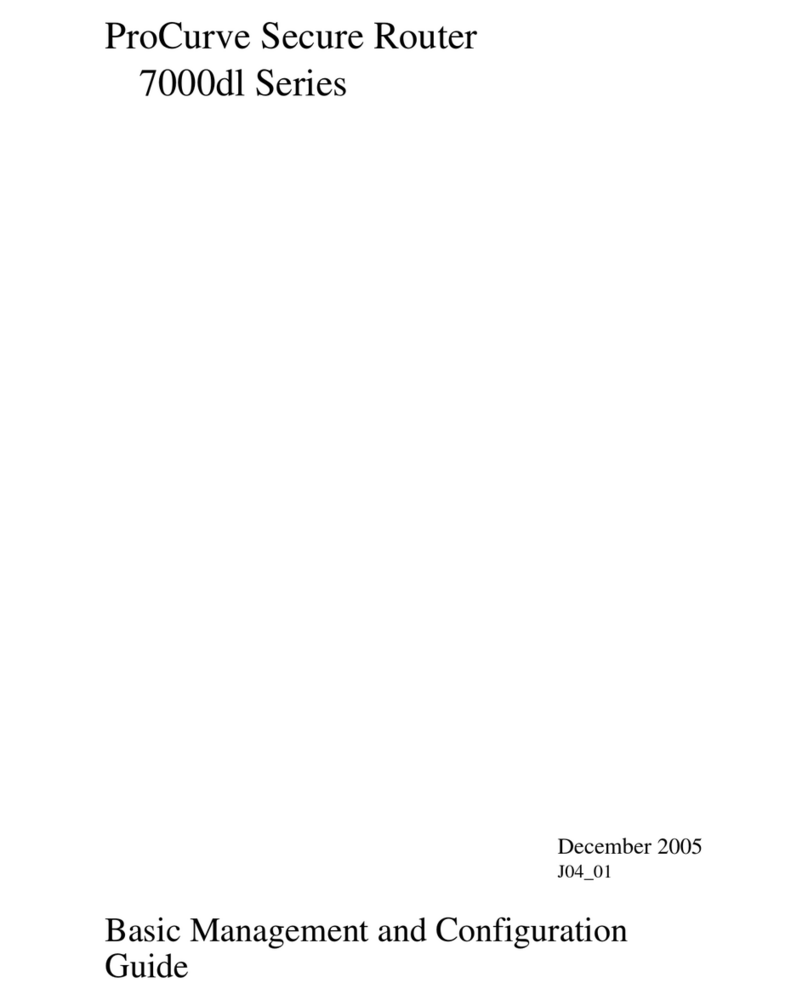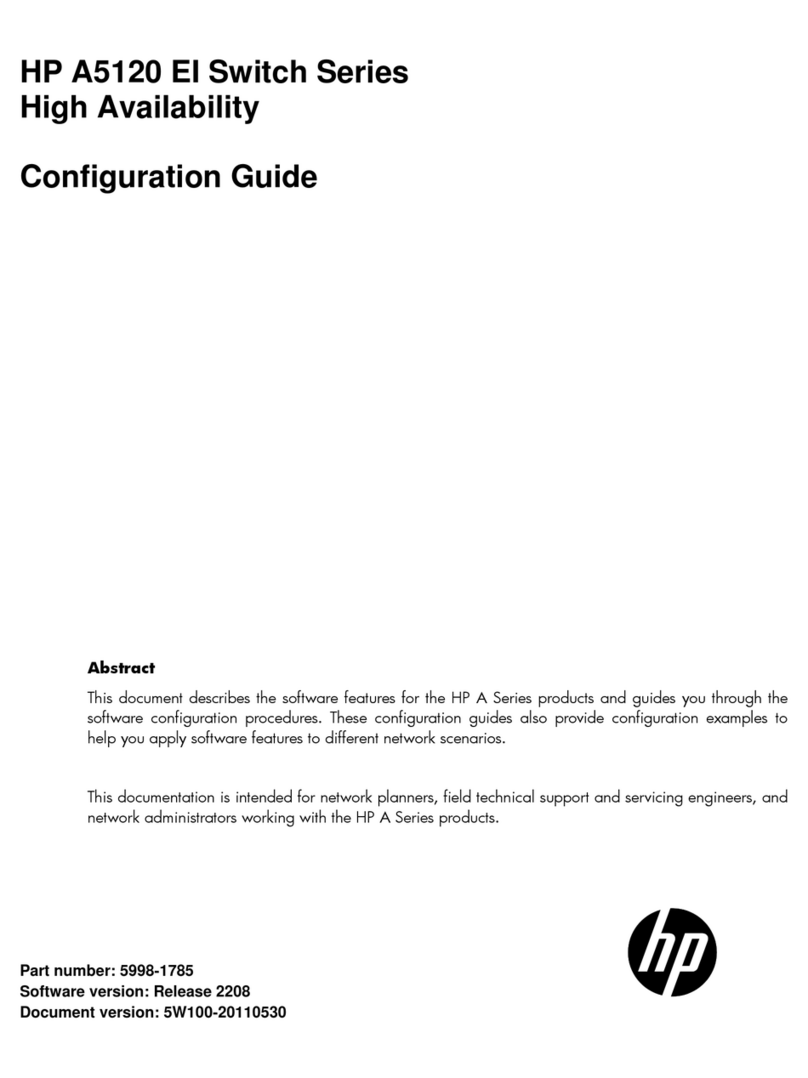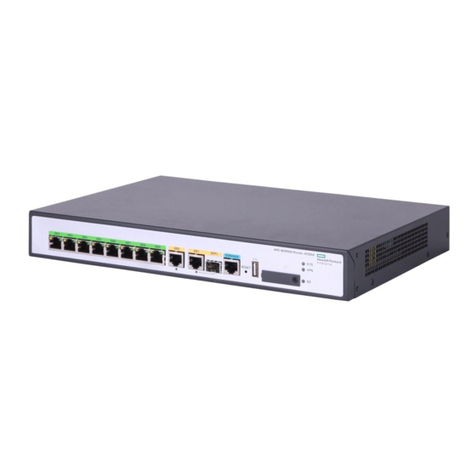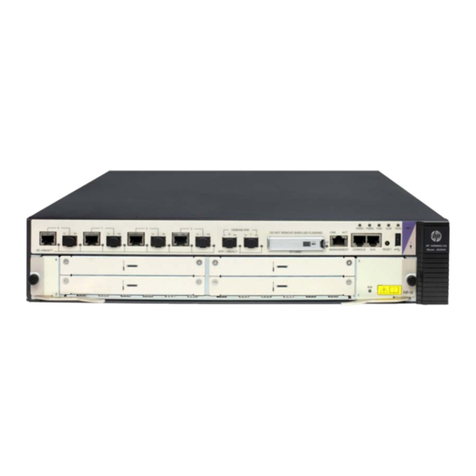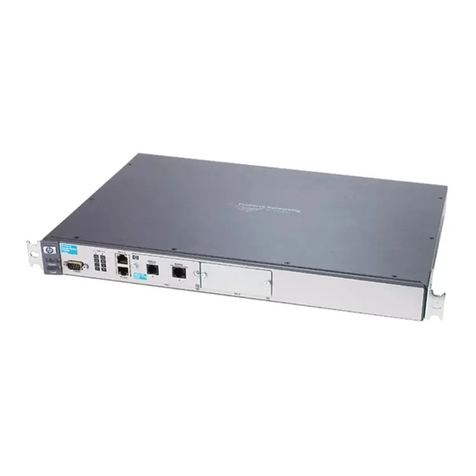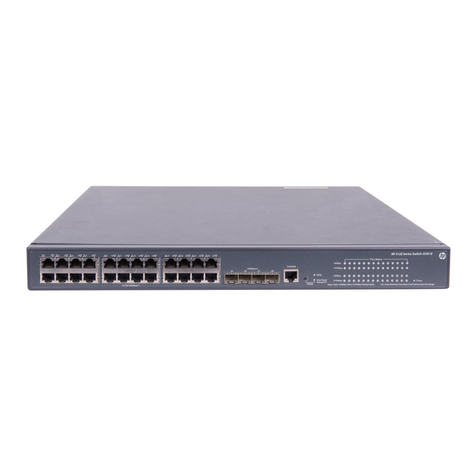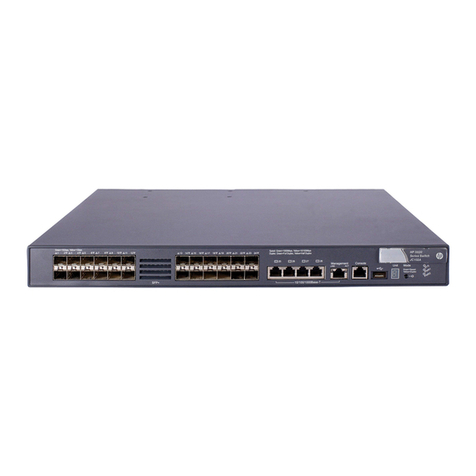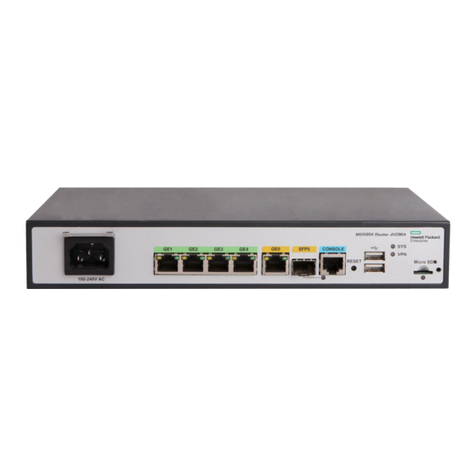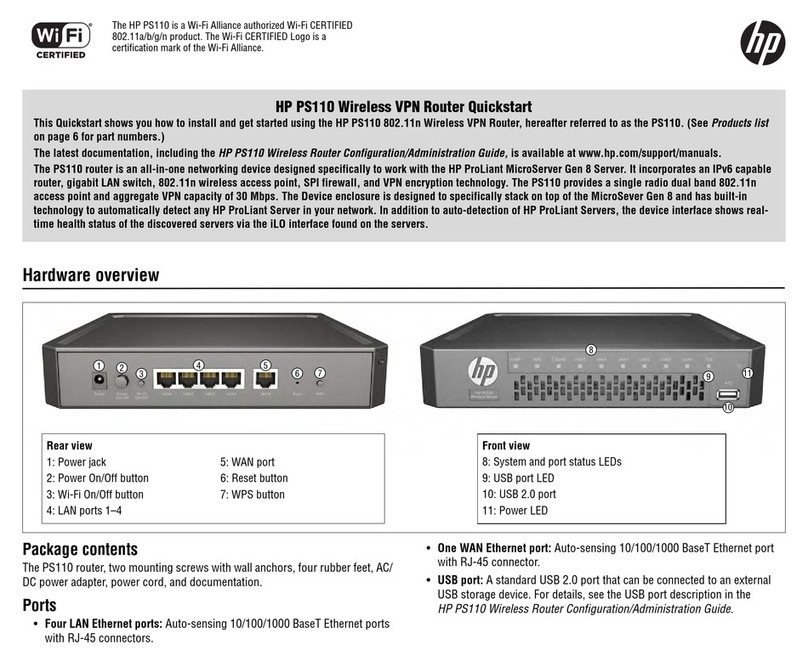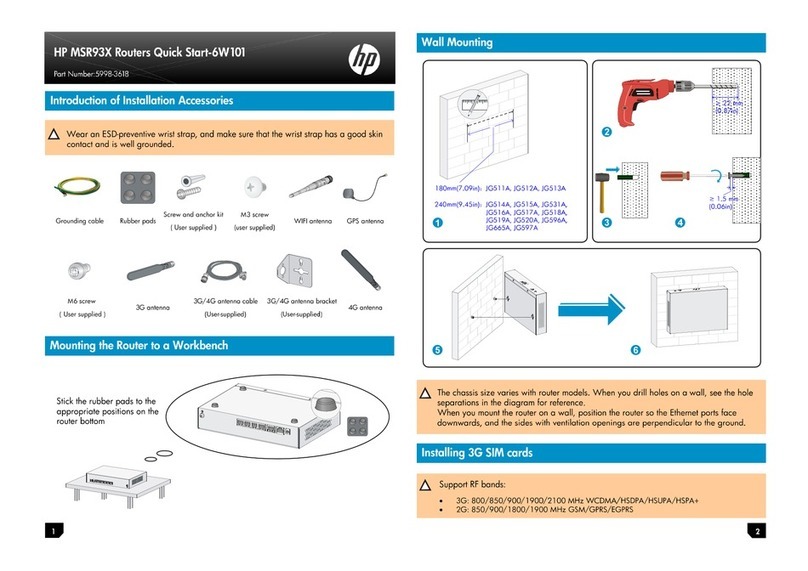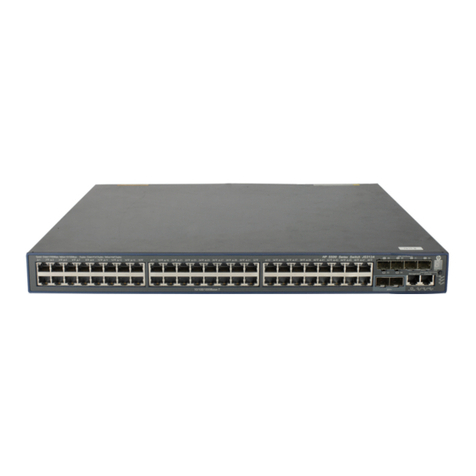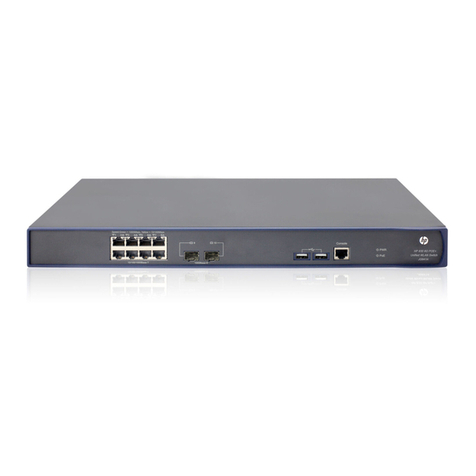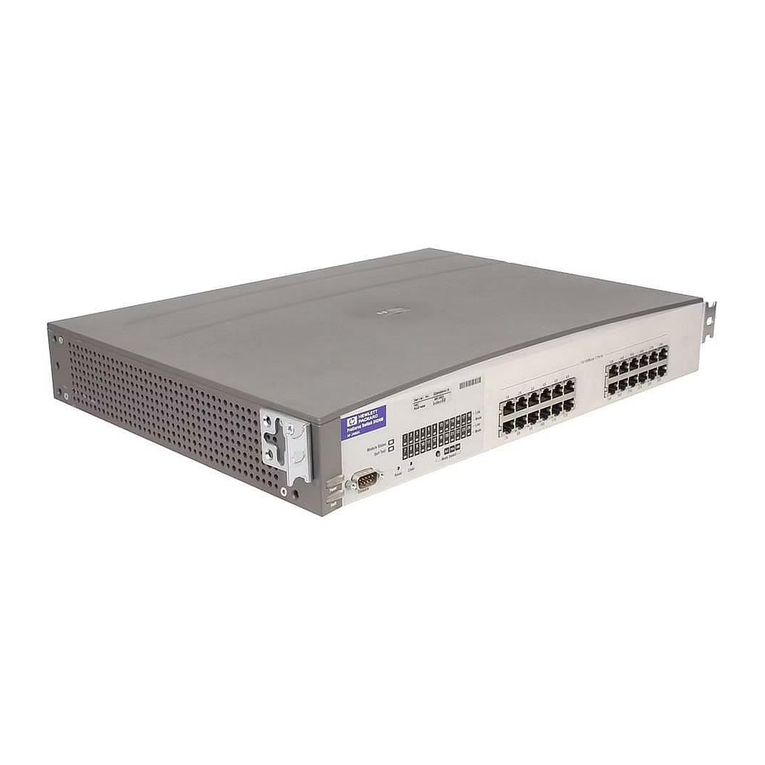
iii
Configuring PIM·············································································87
Overview·································································································································· 87
PIM-DM overview················································································································ 87
PIM-SM overview················································································································ 89
BIDIR-PIM overview ············································································································ 95
Administrative scoping overview····························································································· 98
PIM-SSM overview············································································································ 100
Relationship among PIM protocols························································································ 101
PIM support for VPNs ········································································································ 102
Protocols and standards····································································································· 102
Configuring PIM-DM················································································································· 102
PIM-DM configuration task list ····························································································· 103
Configuration prerequisites·································································································· 103
Enabling PIM-DM·············································································································· 103
Enabling the state refresh feature························································································· 103
Configuring state refresh parameters ···················································································· 104
Configuring PIM-DM graft retry timer····················································································· 104
Configuring PIM-SM ················································································································· 105
PIM-SM configuration task list······························································································ 105
Configuration prerequisites·································································································· 105
Enabling PIM-SM ·············································································································· 105
Configuring an RP············································································································· 106
Configuring a BSR············································································································· 108
Configuring multicast source registration················································································ 110
Configuring the switchover to SPT························································································ 111
Configuring BIDIR-PIM·············································································································· 111
BIDIR-PIM configuration task list·························································································· 112
Configuration prerequisites·································································································· 112
Enabling BIDIR-PIM··········································································································· 112
Configuring an RP············································································································· 113
Configuring a BSR············································································································· 115
Configuring PIM-SSM ··············································································································· 117
PIM-SSM configuration task list···························································································· 117
Configuration prerequisites·································································································· 117
Enabling PIM-SM ·············································································································· 117
Configuring the SSM group range························································································· 118
Configuring common PIM features ······························································································ 118
Configuration task list········································································································· 118
Configuration prerequisites·································································································· 118
Configuring a multicast source policy ···················································································· 119
Configuring a PIM hello policy······························································································ 119
Configuring PIM hello message options················································································· 119
Configuring common PIM timers ·························································································· 121
Setting the maximum size of each join or prune message ························································· 122
Enabling BFD for PIM ········································································································ 122
Enabling PIM passive mode ································································································ 123
Enabling PIM NSR············································································································· 123
Enabling SNMP notifications for PIM····················································································· 124
Enabling NBMA mode for ADVPN tunnel interfaces································································· 124
Displaying and maintaining PIM·································································································· 125
PIM configuration examples······································································································· 125
PIM-DM configuration example···························································································· 125
PIM-SM non-scoped zone configuration example···································································· 128
PIM-SM admin-scoped zone configuration example································································· 131
BIDIR-PIM configuration example························································································· 136
PIM-SSM configuration example ·························································································· 140
Troubleshooting PIM················································································································· 143
A multicast distribution tree cannot be correctly built ································································ 143
Multicast data is abnormally terminated on an intermediate router ·············································· 144
An RP cannot join an SPT in PIM-SM ··················································································· 144
An RPT cannot be built or multicast source registration fails in PIM-SM······································· 144


